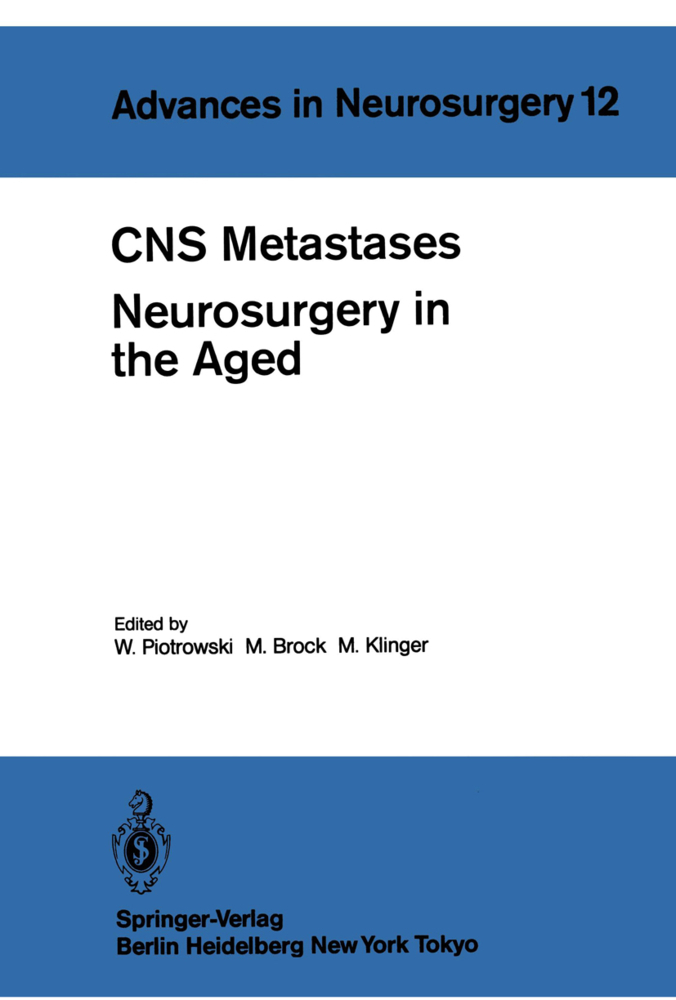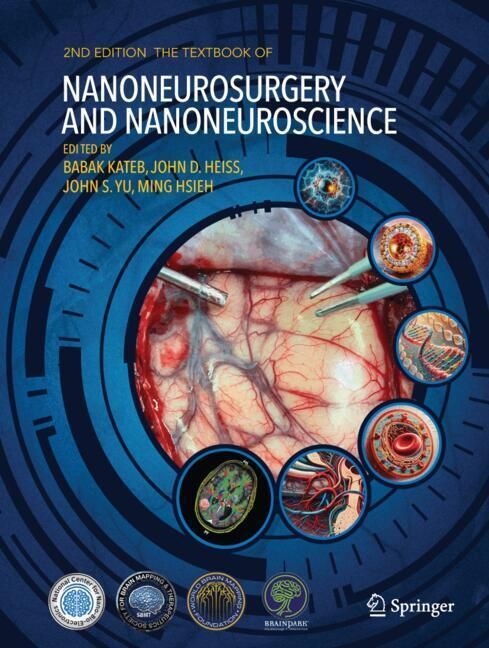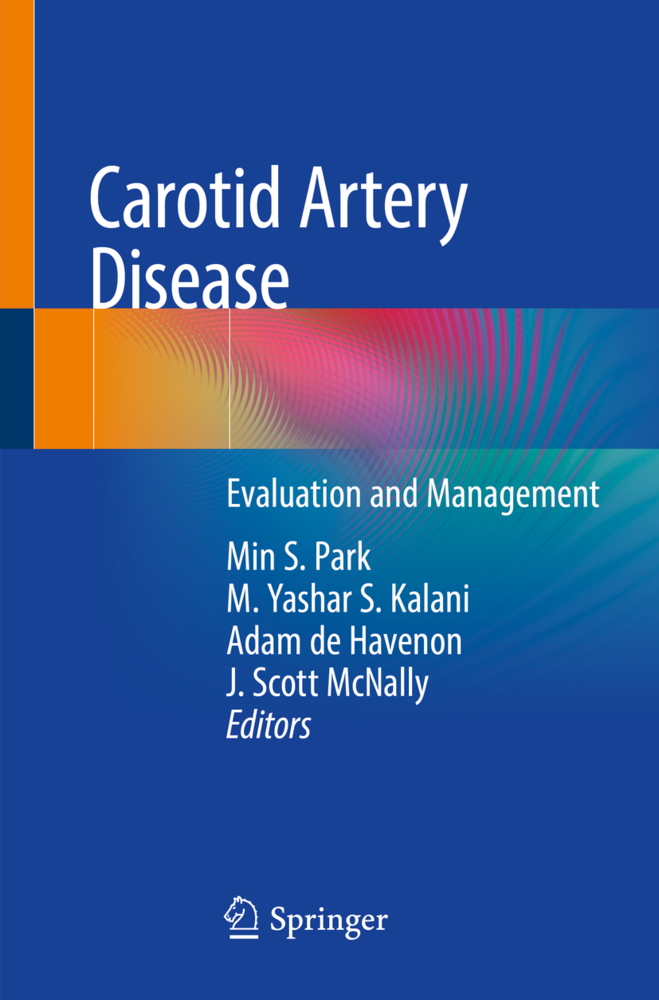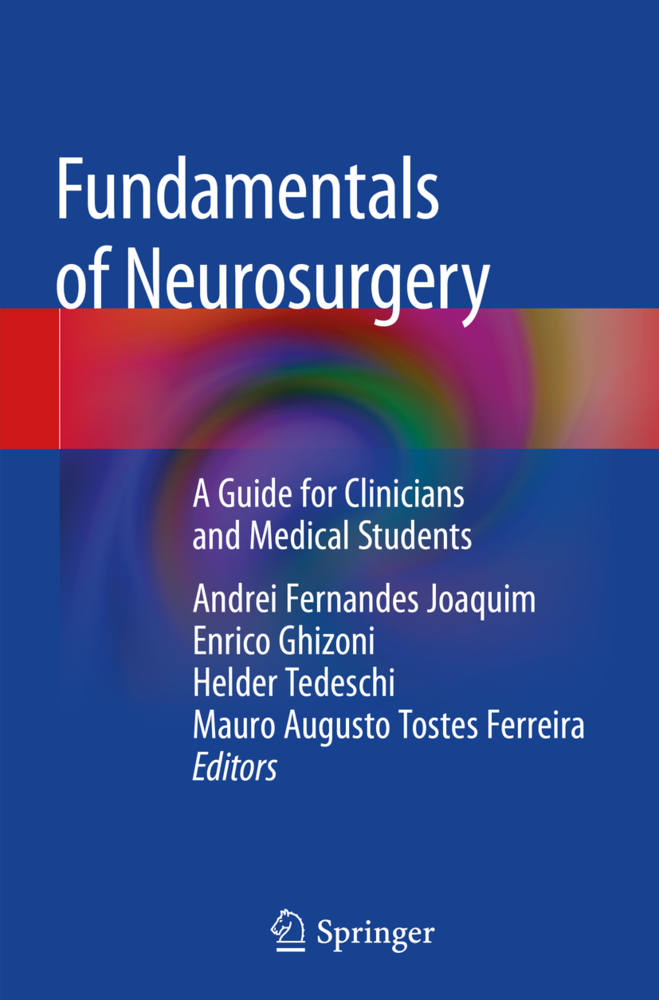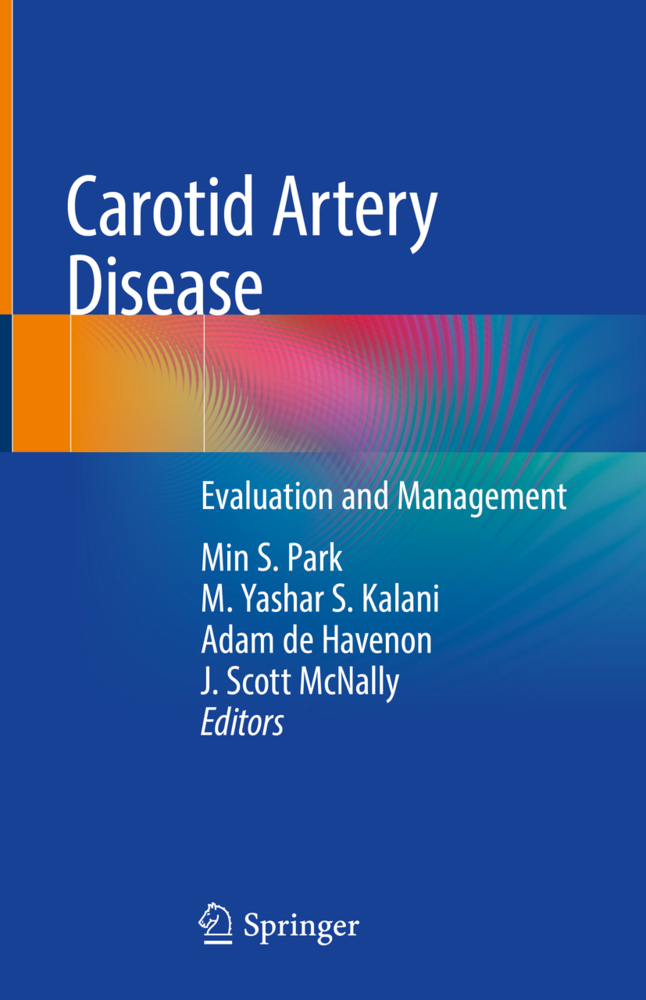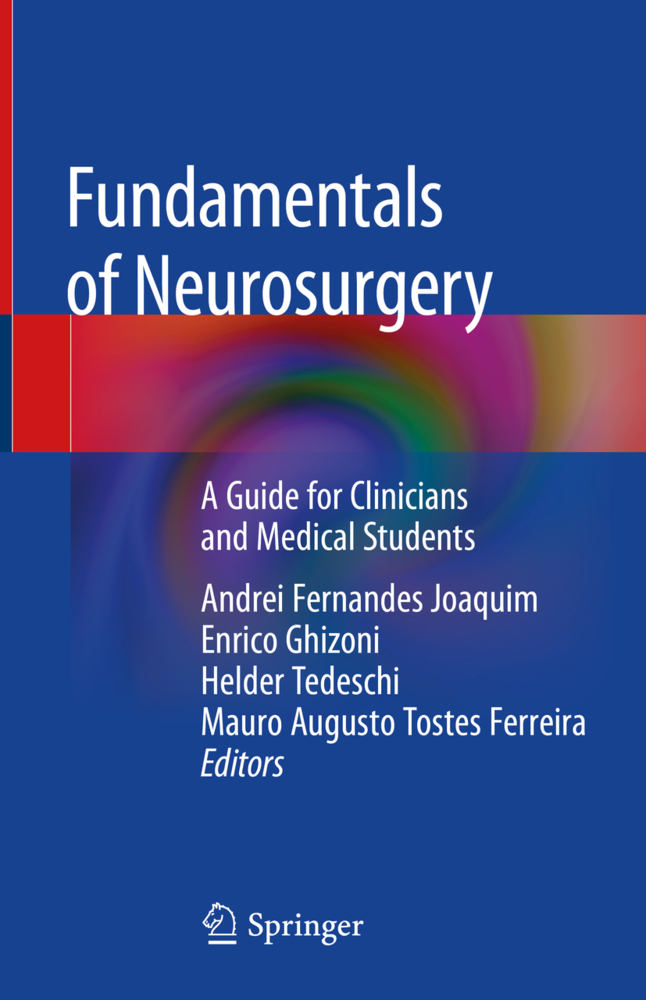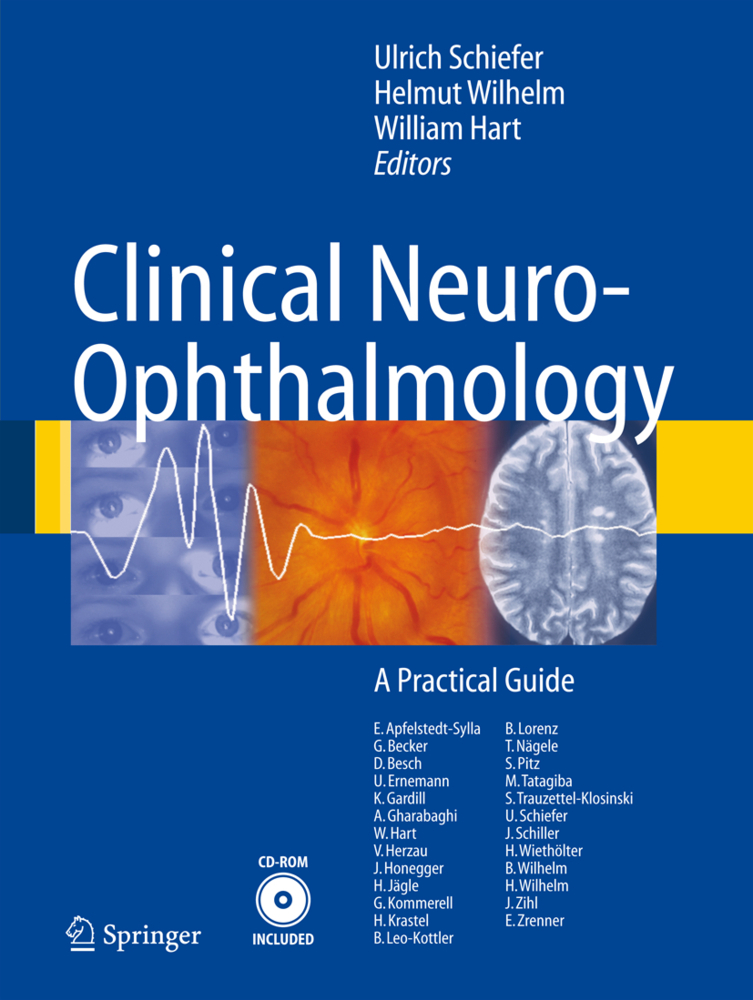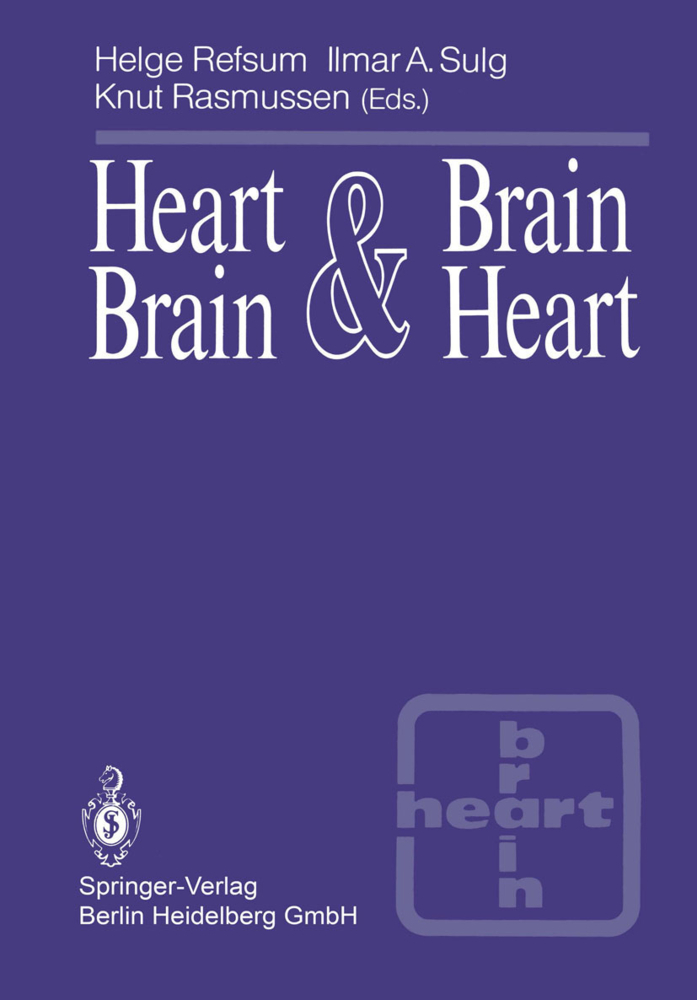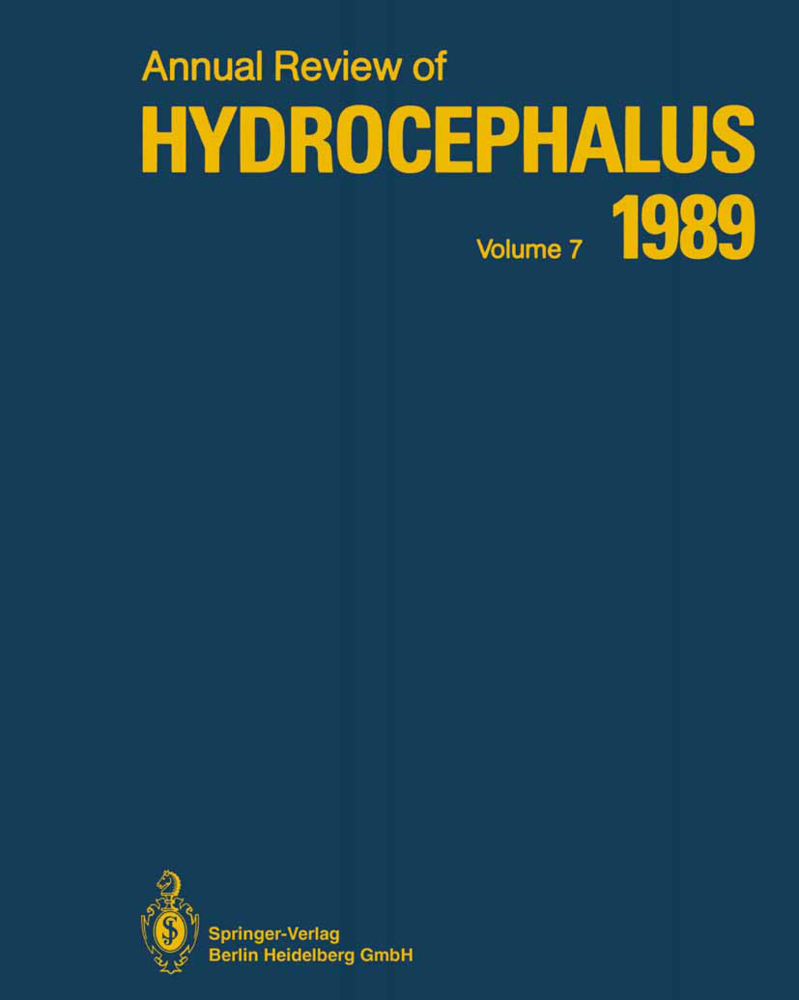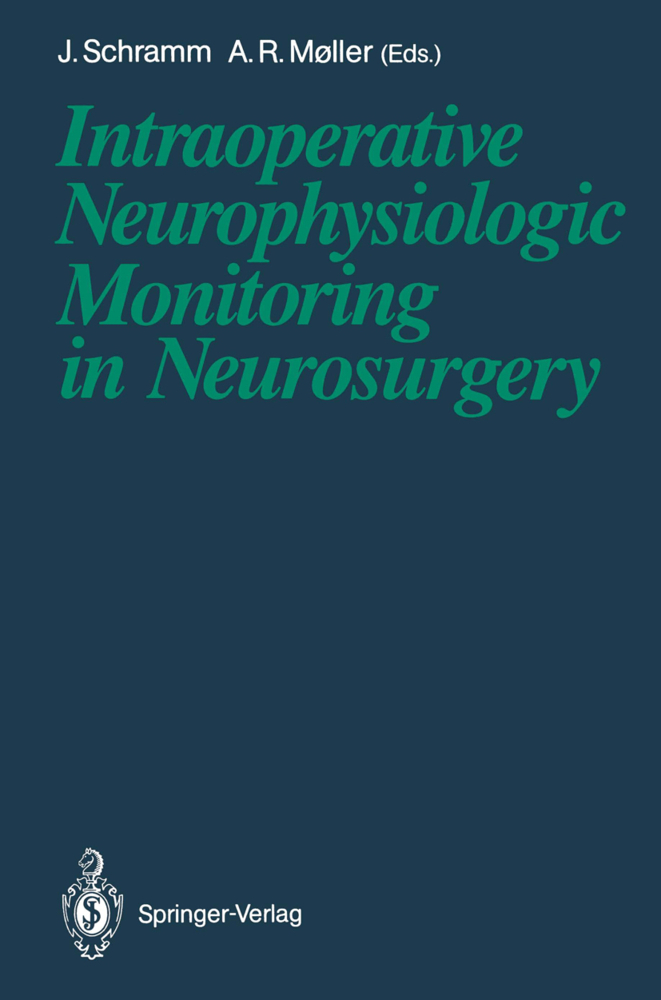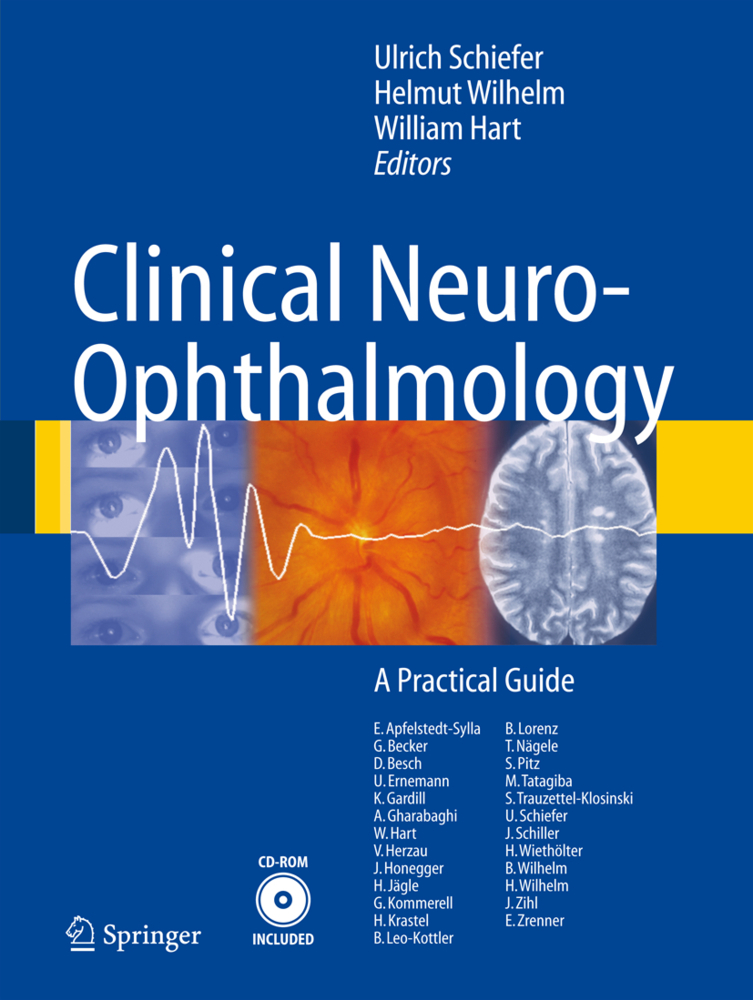CNS Metastases Neurosurgery in the Aged
Proceedings of the 34th Annual Meeting of the Deutsche Gesellschaft für Neurochirurgie, Mannheim, April 27-30, 1983
CNS Metastases Neurosurgery in the Aged
Proceedings of the 34th Annual Meeting of the Deutsche Gesellschaft für Neurochirurgie, Mannheim, April 27-30, 1983
The computer tomograms of the brain were investigated in 195 patients in whom a primary carcinoma was known to be present. Metastases of bronchial and mammary carcinomas are most frequent. It is not possible to achieve a definite differentiation of brain metastases from known primary tumors. References 1. Kazner, E. , Wende, S. , Grumme, Th. , Lanksch, W. , Stochdorph, 0. : Computertomographie intrakranieller Tumoren. Berlin, Heidelberg, New York: Springer 1981 2. Nadjmi, M. , Piepgras, U. , Vogelsang, H. : Kranielle Computertomo graphie. Stuttgart: Thieme 1981 3. Penzholz, H. : Die metastatischen Erkrankungen des Zentralnerven systems bei besartigen Tumoren. Acta neurochir. Suppl. ~, 1968 4. ZUlch~ K. J. : Pathologische Anatomie der raumbeengenden intra kraniellen Prozesse. In: Handbuch der Neurochirurgie, Bd. III, Hrsg. Krenkel, W. , Olivecrona, H. , Tennis, W. Berlin: Springer 1956 18 Epileptic Seizures in Brain Metastases B. Neundorfer Klinik fUr Neurologie, Medizinische Hochschule LUbeck, Ratzeburger Allee 160, D-2400 LUbeck 1 Epileptic seizures are a frequent symptem ef intracranial space eccupying lesiens (4). The reperted frequency in the literature var ies between 13% and-abeut 50%. This apparent discrepancy can be ex plained by the different cempesitien ef different series with regard to. the patient's age, turner histelegy and lecatien (4). The mest frequently enceuntered finding in patients with symptematic seizures is a primary brain turner: at the tep ef the list eligedendregliemas, astrecytemas and meningiemas - at the bettem glieblastemas. Brain metastases are also.
Site of the Primary in Intracranial Metastases
Computer Tomographic Diagnosis of Intracranial Metastases
Epileptic Seizures in Brain Metastases
The Primary Symptoms of Intracranial Metastases
Intracranial Melanomas
Extradural Spinal Metastases - A Retrospective Study of 197 Patients
Spinal Metastases as the First Manifestation
Should Patients with Extradural Spinal Tumors Undergo Operations?
Posterior Stabilization of the Vertebral Column in Cases of Spinal Metastases
Paraneoplastic Syndromes of the Central Nervous System
Tumors in the Central Nervous System in the Presence of Malignant Extracranial Neoplasms
Radiation Therapy of Metastases of the Brain and Spinal Cord
Radiotherapy of Cerebral Metastases. CT-Findings and Effects of Radiotherapy
Comparison of Radiotherapy Alone Compared with Surgery Plus Irradiation in Two Groups of Patients with Brain Metastases
CT-Stereotaxy for Differential Diagnosis and Radiotherapy of Intracranial Metastases
Chemotherapy of Brain Metastases
Chemotherapy of Brain Metastases
Successful Treatment of Brain Metastases in Breast Cancer Patients by Chemo-Hormono-Therapy
Neurosurgery in the Aged
Biological and Medical Aspects of Aging
Plasticity of the Brain in Old Age
Neurosurgical Operations in the Elderly: Risks Related to Medical Diseases
Risks in Anesthesia with Particular Reference to the Elderly Patient
Cerebro-Spinal Neurosurgery in the Elderly - Thirty Years of Experience in Giessen
Intracranial Tumors in Advanced Age
Results of Neurosurgical Treatment in Older Patients with Intracranial and Spinal Tumors. Problems of the Pre-Operative Risks
Follow-Up of Meningioma Patients Operated on at Higher Age
AgeDistribution, Histological Pattern and Recurrences of Intracranial Meningiomas
Long-Term Follow-Up After Operations on Intracranial Meningiomas - The Indications for Operation in Old Age
The Importance of Clinical Follow-Up in Determining the Indications for Operations in Brain Metastases
Long-Term Follow-Up After Operation on Benign Intraspinal-Extramedullary Tumors in Old Patients
Cerebral Aneurysms in Elderly Patients
Aneurysms in Elderly Patients
Results of Treatment in Chronic Subdural Hematomas
Chronic Subdural Hematomas Treated by Enlarged Burr-Hole Craniostomy and a Closed Drainage System. Retrospective Study of 120 Patients
Chronic Subdural Hematoma in Geriatric Patients - Factors Affecting Prognosis
Sequelae and Prognosis of Cranio-cerebral Trauma in Elderly People
Extra-dural Hematomas in Elderly. A Statistical Analysis of 58 Cases
The Significance of Age in the Treatment and Prognosis of Intracerebral Hematomas
Free Topics
The Significance of Computer-Assisted Myelography (CAM) in the Diagnosis of Cervical Root Compression Syndromes
Treatment of Hyper-Reflexive Detrusor Instability by Selective Sacral Nerve Blockade
Modalities and Prognostic Aspects of SEP. Central Conduction Time in Severe Post-Traumatic Coma
Brain Stem Auditory Evoked Potentials (BAEP) During and After Posterior Fossa Operations
The Extent of Disturbed Brain Cell Energy State Under Normoxic Hypocapnia and During Arterial Hypoxia
Measurement of Local Oxygen Partial Pressure (PO2) of the Brain Cortex in Cases of Brain Tumors
Anoxic Incubation of Suspended Glial Cells. An In-Vitro Model of Cerebral Anoxia to Study Cytotoxic Brain Edema
CBF, O2-Tension and 02-Metabolism in Vasogenic Brain Edema and the Effects of Dexamethasone and Nimodipine.-Venous-Neurogenic Regulation of Cerebral Blood Volume
The Influence of Continuous Compared with Intermittent Increase in ICP on Brain Function. A Contribution to the Study of Barostabilization
The Control of Increased Intracranial Pressure with Lidocaine
Mediator Compounds in CSF of Neurosurgical Patients with Raised Intracranial Pressure
Creatine Kinase Isoenzymes in Serum and CSF After Gradual Experimental Brain Injury. Its Relation to Prognostic Value or to Extent of Brain Damage
Effects of Sodium Nitroprusside-Induced Deep Arterial Hypotension on Glucose and Energy Metabolism of the Cerebral Cortex of the Rat
LRH-Induced LH-Secretion via Transventricular Transport (An Experimental and Clinical Study on the Hypothalamo-Adeno-Hypophyseal Regulation)
Immunocytochemical Demonstration of GFAP in Brain Tumor Diagnosis. Possibilities and Limitations
Morphologic Changes in Brain Tissue Following ultrasonic Aspiration.
CNS Metastases
Surgical Management of Metastatic Brain TumorsSite of the Primary in Intracranial Metastases
Computer Tomographic Diagnosis of Intracranial Metastases
Epileptic Seizures in Brain Metastases
The Primary Symptoms of Intracranial Metastases
Intracranial Melanomas
Extradural Spinal Metastases - A Retrospective Study of 197 Patients
Spinal Metastases as the First Manifestation
Should Patients with Extradural Spinal Tumors Undergo Operations?
Posterior Stabilization of the Vertebral Column in Cases of Spinal Metastases
Paraneoplastic Syndromes of the Central Nervous System
Tumors in the Central Nervous System in the Presence of Malignant Extracranial Neoplasms
Radiation Therapy of Metastases of the Brain and Spinal Cord
Radiotherapy of Cerebral Metastases. CT-Findings and Effects of Radiotherapy
Comparison of Radiotherapy Alone Compared with Surgery Plus Irradiation in Two Groups of Patients with Brain Metastases
CT-Stereotaxy for Differential Diagnosis and Radiotherapy of Intracranial Metastases
Chemotherapy of Brain Metastases
Chemotherapy of Brain Metastases
Successful Treatment of Brain Metastases in Breast Cancer Patients by Chemo-Hormono-Therapy
Neurosurgery in the Aged
Biological and Medical Aspects of Aging
Plasticity of the Brain in Old Age
Neurosurgical Operations in the Elderly: Risks Related to Medical Diseases
Risks in Anesthesia with Particular Reference to the Elderly Patient
Cerebro-Spinal Neurosurgery in the Elderly - Thirty Years of Experience in Giessen
Intracranial Tumors in Advanced Age
Results of Neurosurgical Treatment in Older Patients with Intracranial and Spinal Tumors. Problems of the Pre-Operative Risks
Follow-Up of Meningioma Patients Operated on at Higher Age
AgeDistribution, Histological Pattern and Recurrences of Intracranial Meningiomas
Long-Term Follow-Up After Operations on Intracranial Meningiomas - The Indications for Operation in Old Age
The Importance of Clinical Follow-Up in Determining the Indications for Operations in Brain Metastases
Long-Term Follow-Up After Operation on Benign Intraspinal-Extramedullary Tumors in Old Patients
Cerebral Aneurysms in Elderly Patients
Aneurysms in Elderly Patients
Results of Treatment in Chronic Subdural Hematomas
Chronic Subdural Hematomas Treated by Enlarged Burr-Hole Craniostomy and a Closed Drainage System. Retrospective Study of 120 Patients
Chronic Subdural Hematoma in Geriatric Patients - Factors Affecting Prognosis
Sequelae and Prognosis of Cranio-cerebral Trauma in Elderly People
Extra-dural Hematomas in Elderly. A Statistical Analysis of 58 Cases
The Significance of Age in the Treatment and Prognosis of Intracerebral Hematomas
Free Topics
The Significance of Computer-Assisted Myelography (CAM) in the Diagnosis of Cervical Root Compression Syndromes
Treatment of Hyper-Reflexive Detrusor Instability by Selective Sacral Nerve Blockade
Modalities and Prognostic Aspects of SEP. Central Conduction Time in Severe Post-Traumatic Coma
Brain Stem Auditory Evoked Potentials (BAEP) During and After Posterior Fossa Operations
The Extent of Disturbed Brain Cell Energy State Under Normoxic Hypocapnia and During Arterial Hypoxia
Measurement of Local Oxygen Partial Pressure (PO2) of the Brain Cortex in Cases of Brain Tumors
Anoxic Incubation of Suspended Glial Cells. An In-Vitro Model of Cerebral Anoxia to Study Cytotoxic Brain Edema
CBF, O2-Tension and 02-Metabolism in Vasogenic Brain Edema and the Effects of Dexamethasone and Nimodipine.-Venous-Neurogenic Regulation of Cerebral Blood Volume
The Influence of Continuous Compared with Intermittent Increase in ICP on Brain Function. A Contribution to the Study of Barostabilization
The Control of Increased Intracranial Pressure with Lidocaine
Mediator Compounds in CSF of Neurosurgical Patients with Raised Intracranial Pressure
Creatine Kinase Isoenzymes in Serum and CSF After Gradual Experimental Brain Injury. Its Relation to Prognostic Value or to Extent of Brain Damage
Effects of Sodium Nitroprusside-Induced Deep Arterial Hypotension on Glucose and Energy Metabolism of the Cerebral Cortex of the Rat
LRH-Induced LH-Secretion via Transventricular Transport (An Experimental and Clinical Study on the Hypothalamo-Adeno-Hypophyseal Regulation)
Immunocytochemical Demonstration of GFAP in Brain Tumor Diagnosis. Possibilities and Limitations
Morphologic Changes in Brain Tissue Following ultrasonic Aspiration.
Piotrowski, W.
Brock, Mario
Klinger, M.
| ISBN | 978-3-540-12832-8 |
|---|---|
| Medientyp | Buch |
| Copyrightjahr | 1984 |
| Verlag | Springer, Berlin |
| Umfang | XIV, 346 Seiten |
| Sprache | Englisch |

